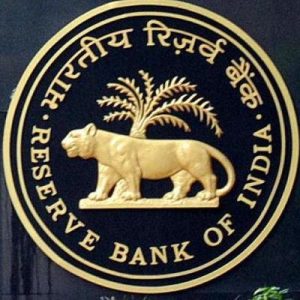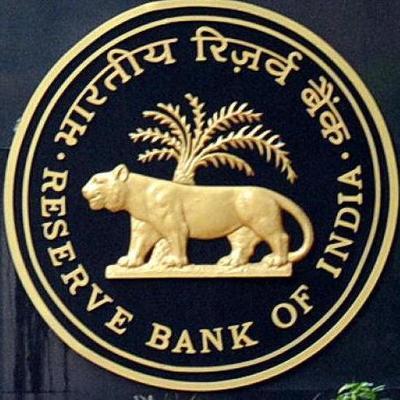 RBI has issued a revised circular on the ‘Prudential Framework for Resolution of Stressed Assets’ on 7th June 2019, after the Supreme Court slashed down its earlier framework terming it as ultra vires. In its new circular also, the Central Bank keeps up its spirit for cleansing the balance sheet of the banks. However, compared to the older one, the new circular gives more breathing space for both the lenders and borrowers.
RBI has issued a revised circular on the ‘Prudential Framework for Resolution of Stressed Assets’ on 7th June 2019, after the Supreme Court slashed down its earlier framework terming it as ultra vires. In its new circular also, the Central Bank keeps up its spirit for cleansing the balance sheet of the banks. However, compared to the older one, the new circular gives more breathing space for both the lenders and borrowers.
Earlier the Central Bank mandated the banks to begin a resolution process even after a day’s default. Now, the RBI gives the lenders a thirty days review period to frame the resolution plan. It gives the desired time for the lenders to devise the best strategy for the resolution and could prevent from an insolvency. During the review period, if needed, the lender could also initiate the legal procedure for the insolvency process. It is indeed a welcome sign that the new framework expands its coverage by including commercial banks, financial institutions such as EXIM bank and NABARD, small finance bank and NBFCs.
The new framework includes two major steps that aim to speed up the implementation of the resolution plan. Firstly, all the lenders need to enter into an inter credit agreement (ICA) for the implementation of a resolution plan. And any decision agreed by lenders representing 75 percent of the total outstanding credit and 60 percent by numbers shall be binding upon all lenders. Secondly, if a viable resolution plan is not implemented within 180 days from the end of the review period, all the lenders will have to make an additional provision of 20 percent. If it crosses 365 days an additional provision of 35 percent should be made by the lenders. Such a mechanism could speed up the implementation process of the resolution plan, as no entity would want to increase the cost burden.
In India, public sector banks hold around 85 percent of the total NPAs. In such a scenario, public sector banks hold the major responsibility in initiating the implementation of the resolution plan. The question is whether the additional provision will be a disincentive for public sector banks for delaying the implementation of the resolution plan as it is for the private banks. The additional provision could also lead to a situation whereby the cases would be pushed to National Company Law Tribunal (NCLT) in the review period itself, as the lenders wouldn’t want to bear the risk of additional provisions.
The new framework would be completely effective only if the Insolvency and Bankruptcy Code (IBC) process is carried out in a speedy manner. The implementation of IBC has been a major reform initiated in the country, and is a major contributor for improving the ease of doing business ranking of India. However, the progress of IBC is not as expected and there is an inordinate delay in the settlement of various cases. The Essar Steel Case is the best example in this regard. The strengthening of IBC and NCLT is an important step that needs to be taken by the government. It would not only help in addressing the issues in the banking sector but would also improve the business climate of the country.










Nice information for bankers